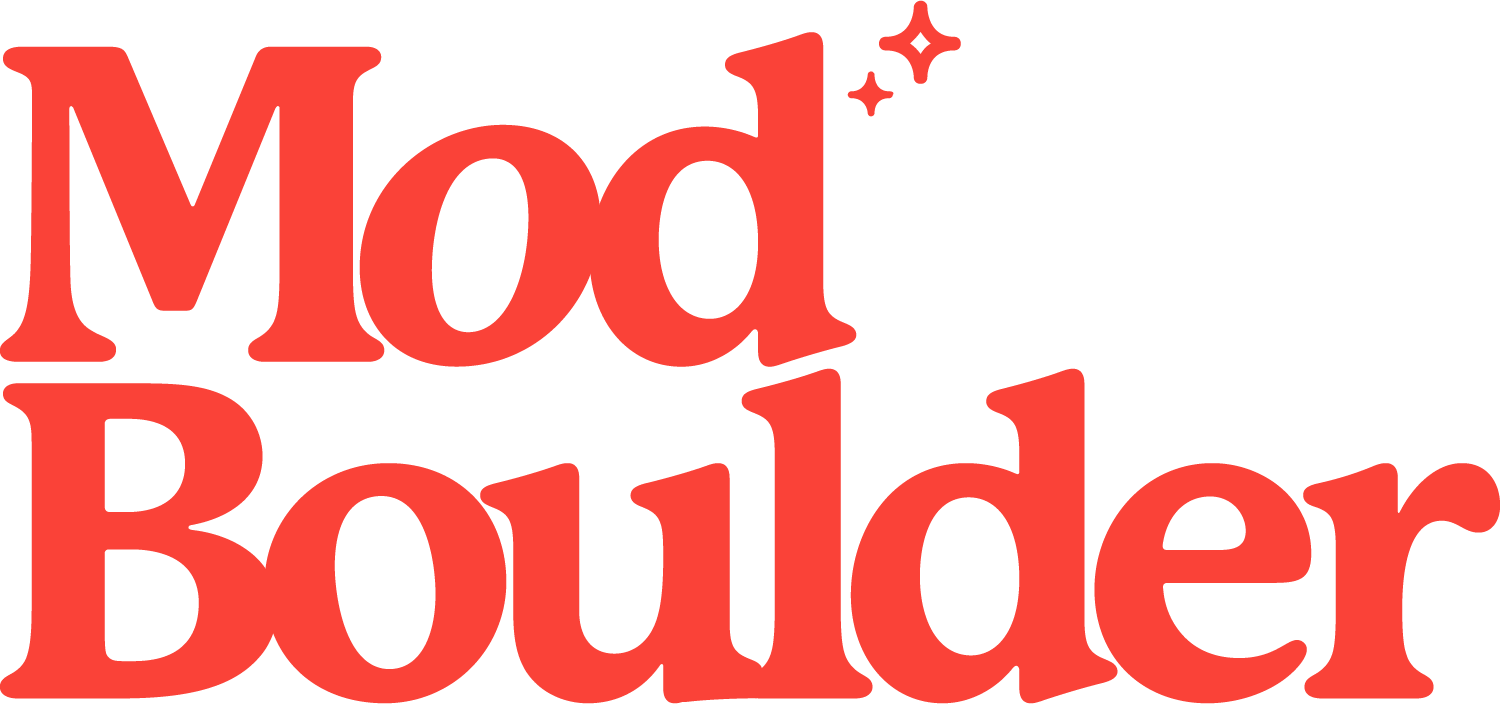Alphabet Street
I’ll set the scene: imagine you’re meeting a friend for coffee at the corner of 2nd Avenue and 1st Street. Wait…or was it 1st Avenue and 2nd Street? Confusion, commence: as big city as it sounds, numerical street names can be complicated (and frankly, just plain boring).
In 1952, with Boulder rapidly growing, City Council stepped in to stop the numerical madness, bringing more nature and less confusion to our street monikers.
Boulder’s original street-naming convention began in 1891 with the platting of the Newlands subdivision. Avenues ran east and west, starting with 1st Avenue and increasing numerically to the north to 6th Avenue. Streets ran north and south, beginning with 3rd Street, nearest to the Foothills. But overlapping avenue and street names became confusing as the Newlands subdivision grew and North Boulder developed. A change was gonna come (name that artist) and public meetings were held to solve the problem.
The adopted solution was to rename the avenues, in alphabetical order, with names of “trees or flowers or some related names.” The new names had to take into consideration four main points:
1. Names had to be easy to spell and pronounce.
2. They had to be distinctly different from existing street names.
3. Names needed to have the same meaning to all people, all the time—then and now.
4. Names had to be appealing to residents and be "characteristic of a beautiful Boulder."
Suggestions were taken from the community—then hotly debated. Some residents complained of the names sounding artificial (Brooklawn was too similar to Brooklyn). Some objected to Evergreen, as it was already in use as an unofficial road east of the Foothills Highway. Faculty members from CU’s biology department, led by William A. Weber, preferred actual botanical names like Dodder, Dogwood, or Delphinium over Dellwood. (Fun fact: Delphinium made it all the way to City Council before being voted down.)
Naming nomenclature heated up even more when Weber protested that City Council “bypassed the democratic process” by adopting street names for the letters M through W without discussion. Council explained that those streets had yet to be developed, and residents could request different names once they were constructed.
After plenty of hemming, hawing, and riotous debating, the new names were finally adopted by Boulder City Council in 1953. As North Boulder’s development continued, some avenues intersected Broadway, while others were only on the east or west side. This meant there were more named avenues than previously numbered ones. Drumroll, please: the winning names were Alpine, Balsam, Cedar, Dellwood, Elder, Evergreen, Forest, Grape, Hawthorn, Iris, Juniper, Kalmia and Linden, in place of the previous 1st through 10th Avenues. These were followed by Meadow, Norwood, Oak, Poplar, Quince, Riverside, Sumac, Tamarack, Upland, Vine, and Woodland.
Because questions remained about the proposed names for the last three letters of the alphabet—Xenia, Yosemite, and Zinnia—and because the city wouldn’t extend that far for many years, the designations stopped at Woodland.
Today, the alphabet goes as far as V, although it’s Violet—not Vine—that crosses Broadway. North of Violet, there’s a Y at Yarmouth—again, different from the recommended Yosemite, but a Y nonetheless.
Here’s hoping that modern-day decision makers are reading this and we can finish what we started over 65 years ago. We only need a W, X, and Z to complete Boulder’s avenue alphabet. Come on, Boulder, we can do this!

